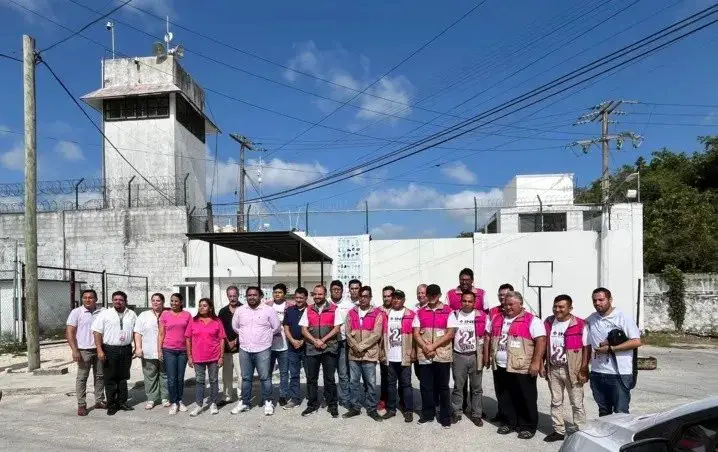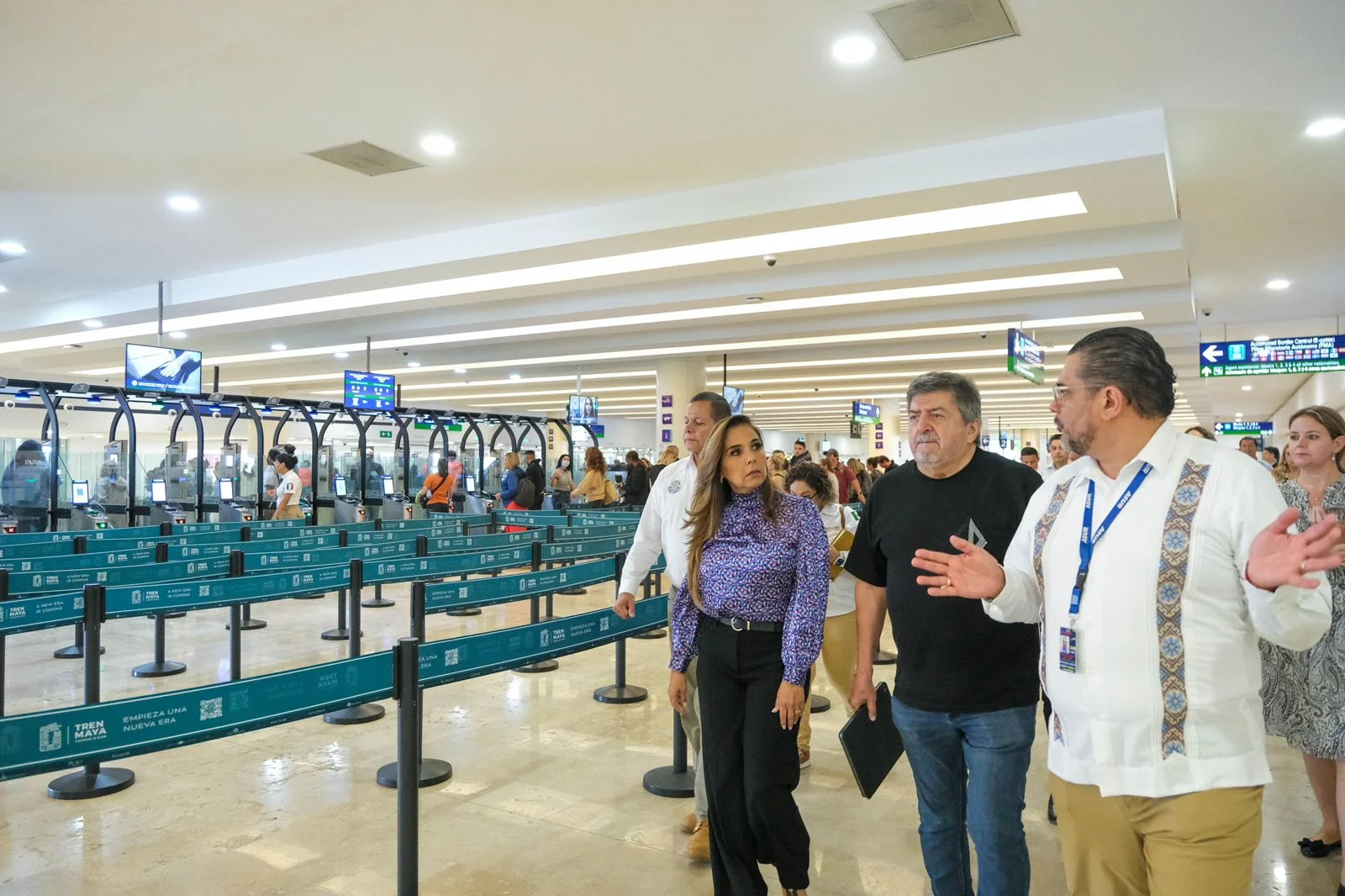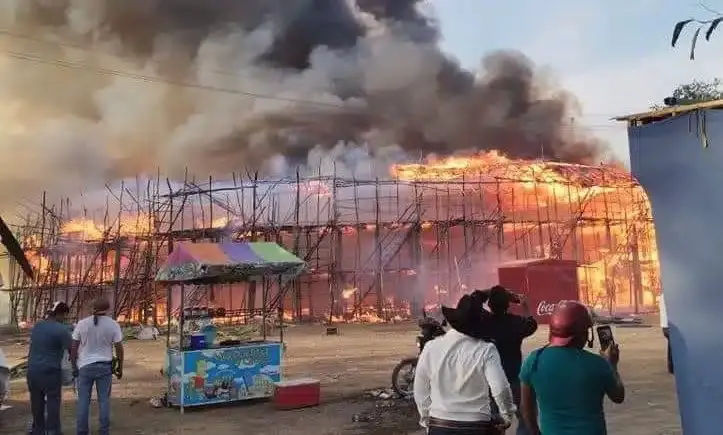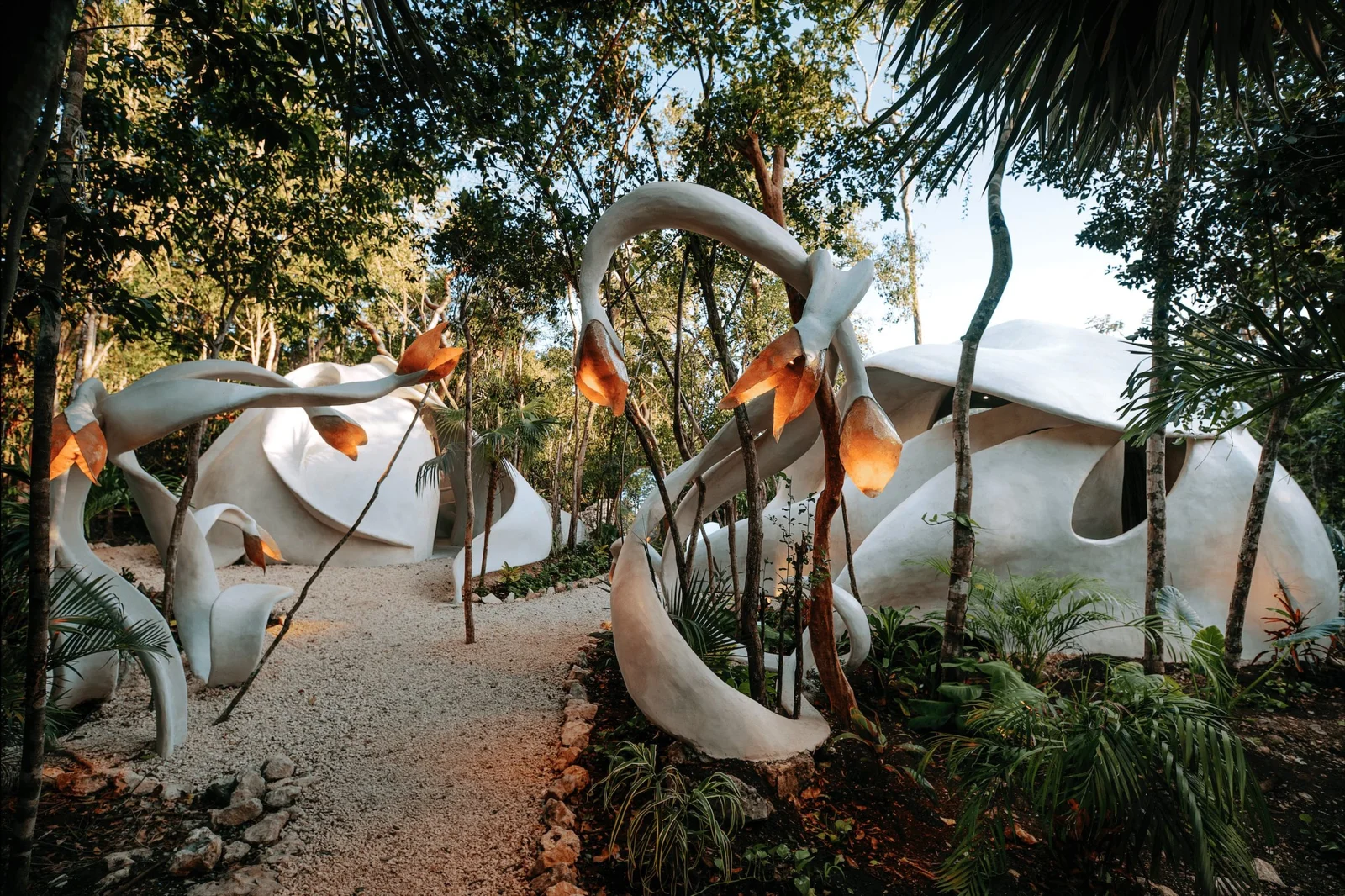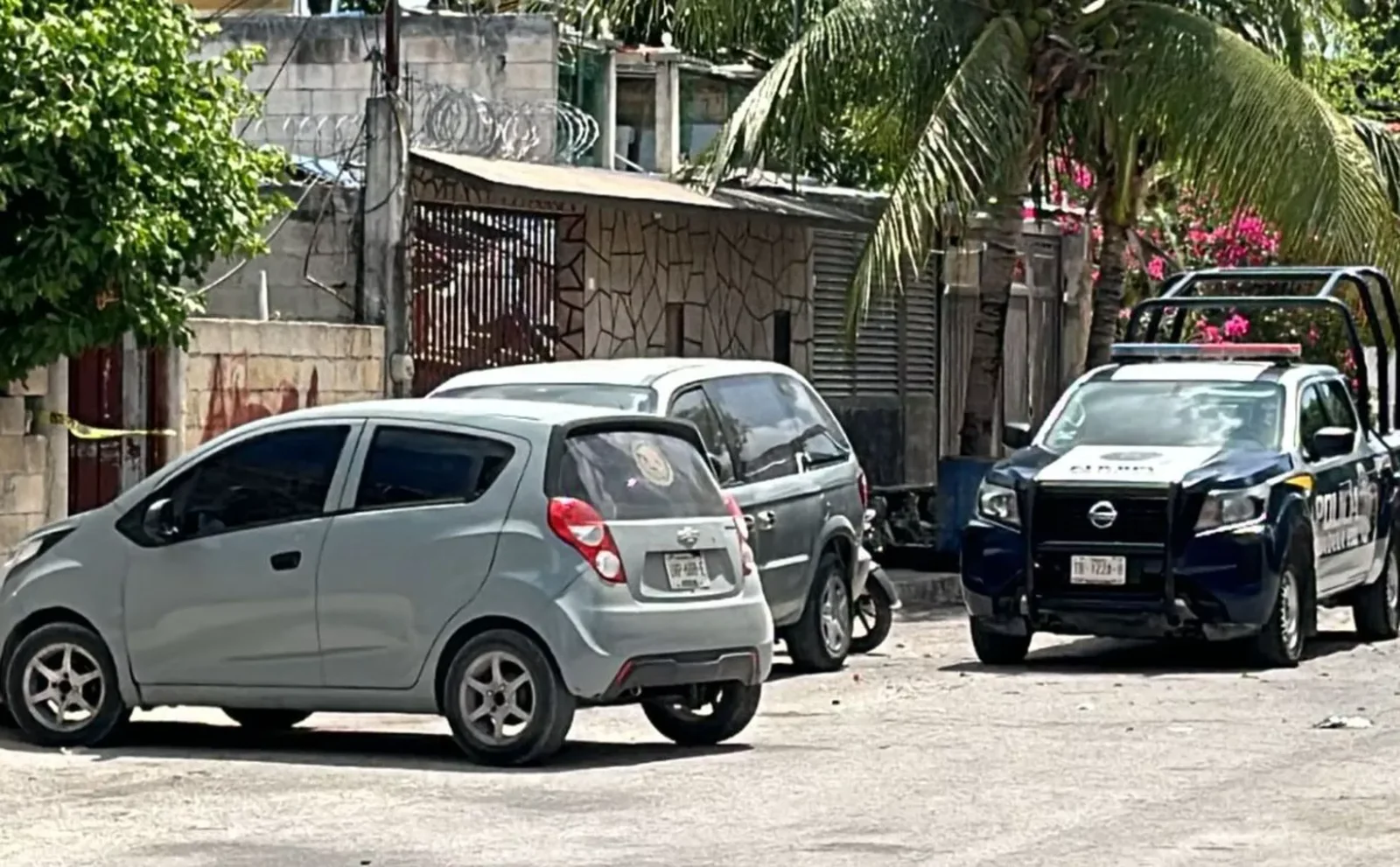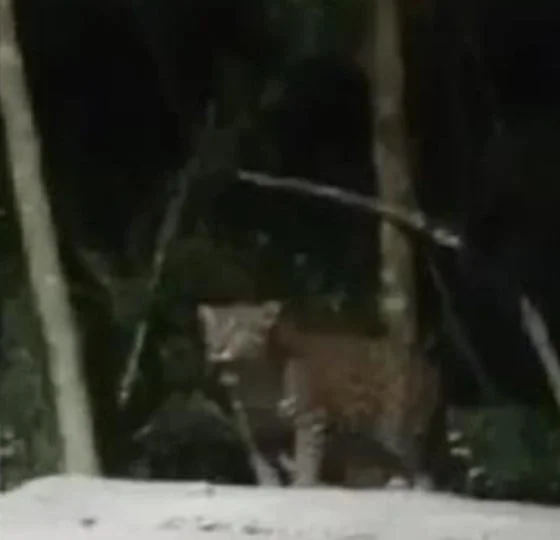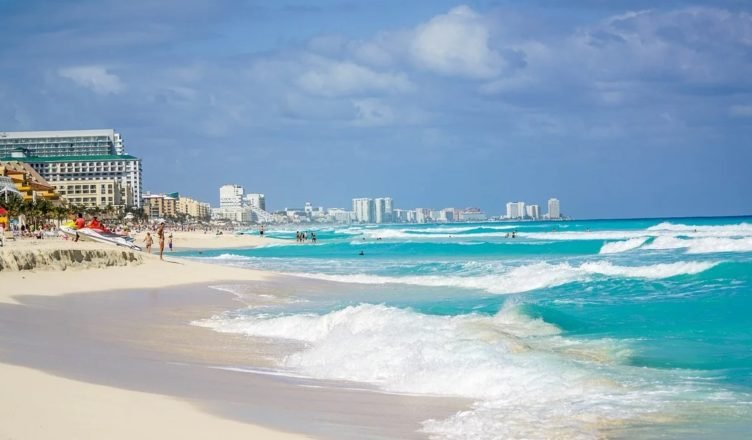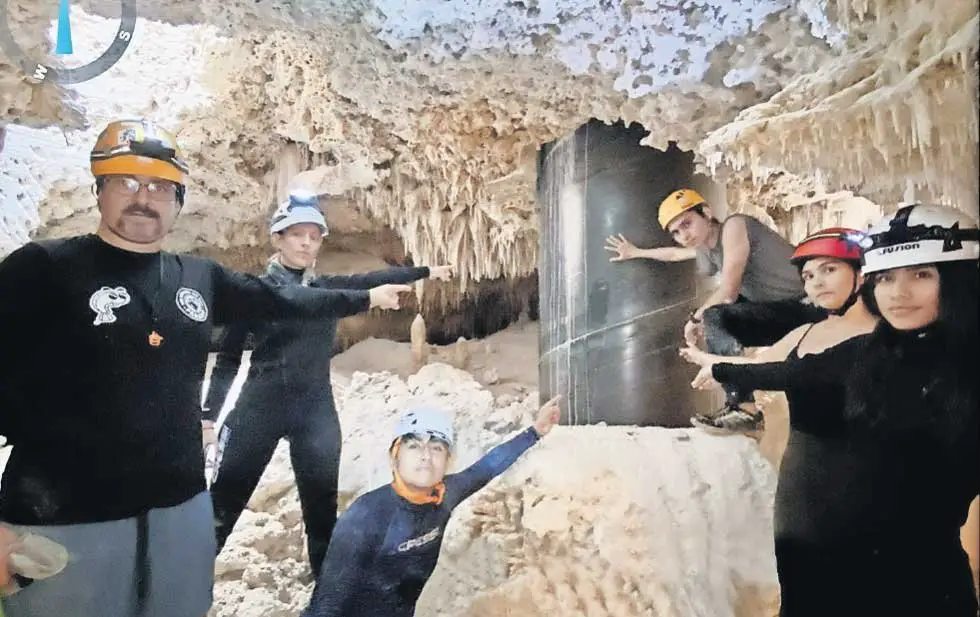MAYA TRAIN CONTINUES DESPITE COURT ORDER – ENVIRONMENTAL DISASTER LOOMS
Despite a court-ordered halt in February, construction on Section 5 South of the Maya Train project, a key initiative of President Andrés Manuel López Obrador's administration, continues. This continuation of work has occurred without any measures in place to prevent cement spillage into local caves.
Activists from Sélvame del Tren confirmed that the construction continues in spite of the legal protection order. They also highlighted the absence of measures to prevent cement spillage into the caves. Previously, Roberto Rojo and Guillermo D'Christy had documented the drilling of caves in this section of the Maya Train project.
Activists have raised concerns about the environmental impact of the project. They claim that it has already affected 122 underwater caves in Section 5 South, between Playa del Carmen and Tulum. The spillage of cement, oil, and oxides threatens local wildlife and, due to the interconnected nature of the caves, could potentially damage drinking water sources and the sea.
During a recent tour with national and international journalists, the activists documented a foam-like substance appearing in the cave waters. This is believed to be the result of a chemical reaction caused by the spilled cement. Rojo also criticized President López Obrador for falsely claiming that environmentally friendly materials would be used to prevent pollution. The reality, according to Rojo, is that the piles are lined with uncoated, rusting metal, which is contaminating the once pristine waters of the Maya aquifer.
The tour, which lasted approximately an hour, took the group through jungle terrain to the entrance of the Oppenheimer cave, part of the Aktun T'uyu system. Initially, the cave waters are crystal clear, but as the group moved deeper into the system, the sound of drilling became audible and the water turned into a whitish liquid filled with small, fragile bubble-like structures.
This change in the water is due to the overflow of cement from the steel casings used to form the support columns for the train. The columns are designed to prevent a collapse, as the caves alone would not be able to support the weight of the tracks, passengers, and cargo. Rojo warned that this contamination will eventually reach the sea, the reef barrier, and other connected areas, including sources of drinking water. He demonstrated this by striking one of the steel columns to check if it had been filled with cement.


